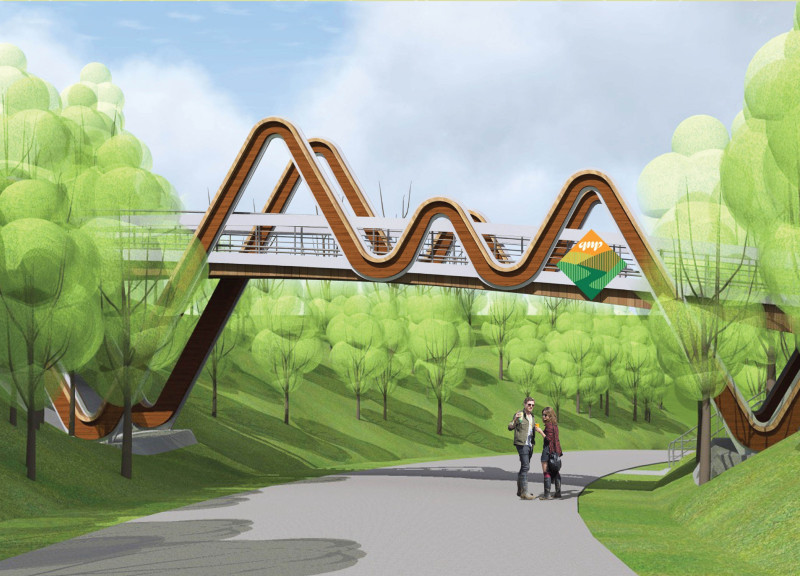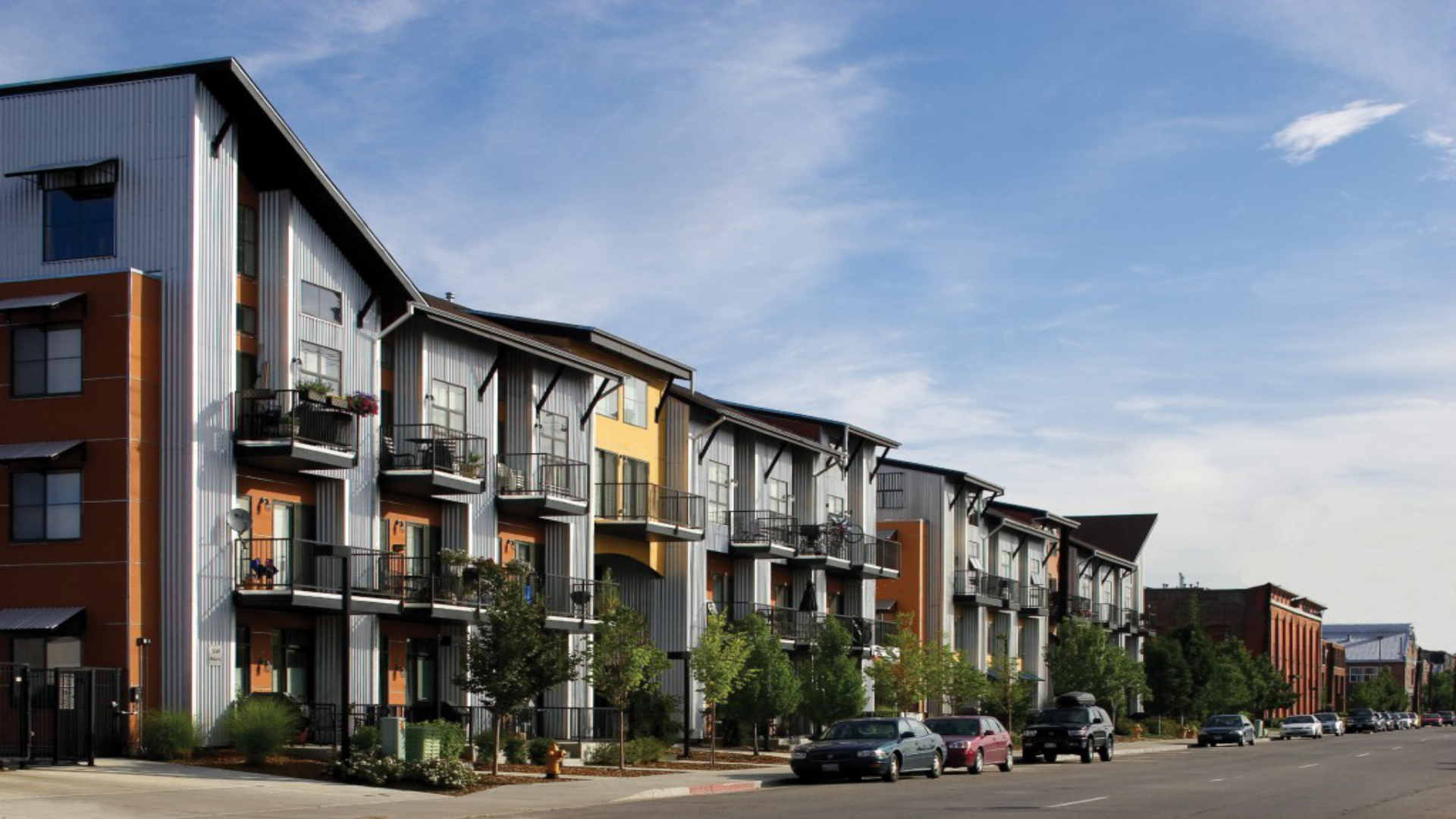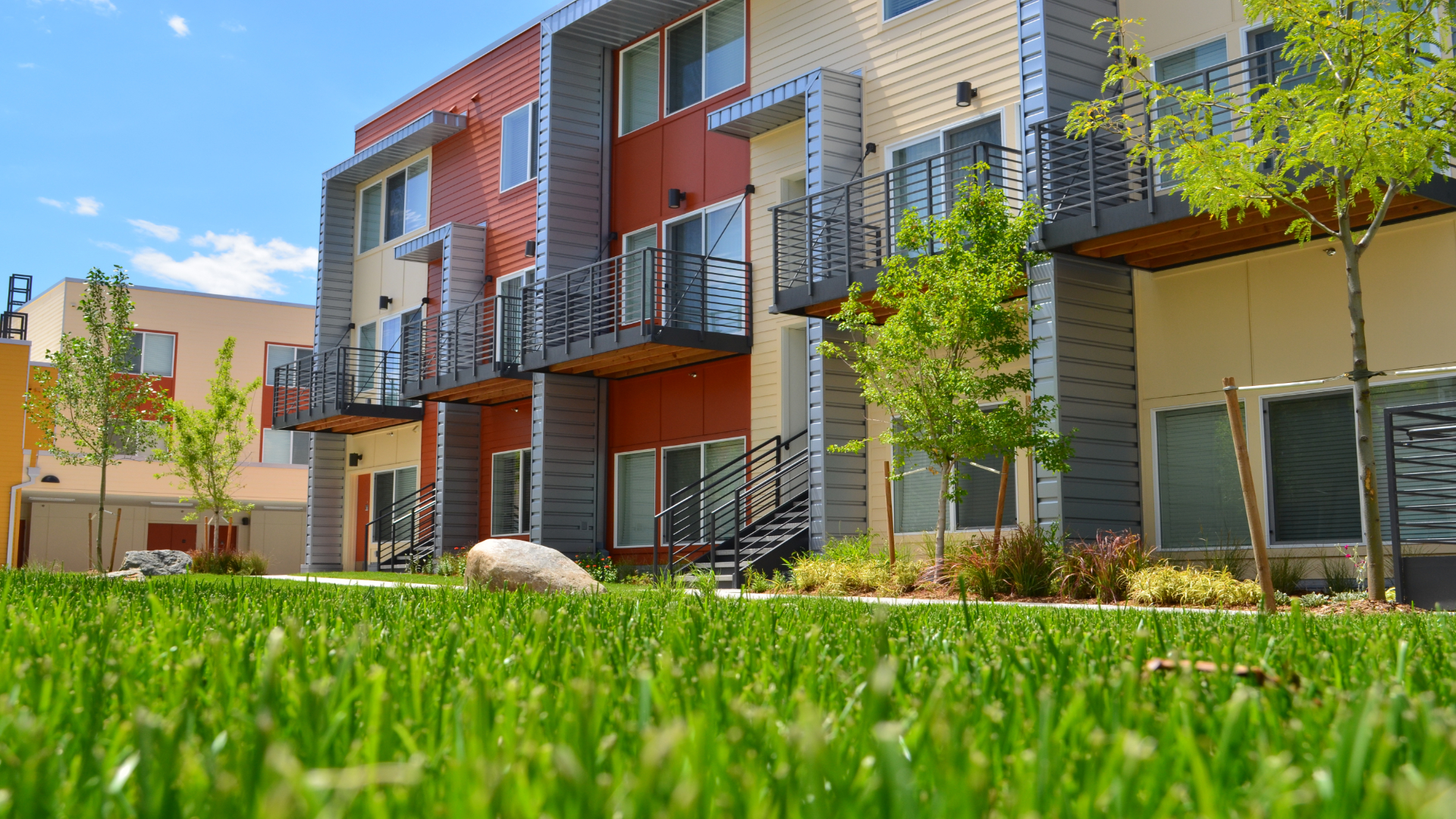5 key facts about this project
The design at Gauja National Park features a footbridge and an information square that integrate into the landscape. Located near the Gauja River in Latvia, the project aims to enhance how visitors interact with their surroundings. The overall concept focuses on creating an entrance that welcomes visitors while showcasing the park's ecological and historical significance. The footbridge serves as both a pathway and a space for gatherings, encouraging exploration throughout the area.
Footbridge Design
The footbridge reflects the natural curves found in the landscape, mimicking the bends of the Gauja River and the shapes of nearby forests and cliffs. This design approach highlights a connection between the environment and the structure itself, allowing visitors to experience a gentle flow as they cross. It is designed as a multifunctional area where people can stop, gather, and engage with nature, enhancing the overall experience within the park.
Information Square
Next to the footbridge, the information square acts as a central point for visitor orientation and learning. It is conveniently located along key pathways and provides essential information about the park's history, ecology, and activities. A significant feature of the square is a physical map-model embedded in the ground. Scaled at 1:5000, this model helps visitors understand the terrain and major attractions, offering a clear overview without being overwhelming.
Materiality
The footbridge incorporates several materials, including steel profiles, curved solid wood board, and wooden plank flooring. These choices support durability and add to the natural feel of the bridge. The materials are selected for both their strength and ability to blend with the surrounding environment. Together, they create a unified visual identity that connects the built structure with the park's natural features.
The gentle play of light on the wooden surfaces captures the essence of the bridge. It invites visitors to take a moment and appreciate the relationship between architecture and nature.























































